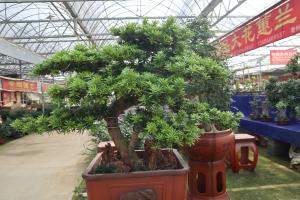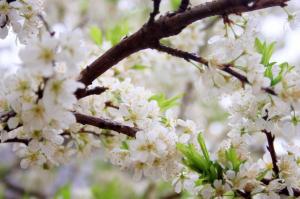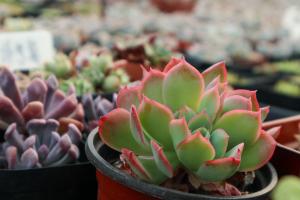Sunshine:
The temperature in the North has dropped to several degrees. It seems that there is no autumn this year. Summer and winter seem to have passed the autumn season directly, which is also relatively sudden for plants. Due to the weather, there has been no sun for several days, which is not a good thing for fozulian. Fozulian needs enough sunshine to survive healthily, except that it can't be directly exposed to the sun when the sunlight is too strong in summer, Other times and seasons should be placed in abundant sunshine, which can not only effectively prevent it from growing too long, but also make the color of the top of its leaves turn dark brown, which is very beautiful. Moreover, when the sun is not enough, its leaves will be listless, even soft and drooping

Temperature:
In addition to the indispensable sunshine in winter, the temperature is also very particular. It is best to maintain the temperature above 15 degrees during the day and above 5 degrees at night, so as to ensure the normal growth of plants

Watering:
The temperature and watering in winter affect each other. If watering is controlled to keep the soil dry, and fertilization is suspended at the same time, it can survive normally in an environment of 0 degrees, but it will enter a dormant state. However, if the temperature is maintained at the temperature of normal growth, watering can also be carried out normally

Fertilization:
If the temperature is low in winter, fertilization should be reduced or stopped altogether

 how many times do yo...
how many times do yo... how many planted tre...
how many planted tre... how many pine trees ...
how many pine trees ... how many pecan trees...
how many pecan trees... how many plants comp...
how many plants comp... how many plants can ...
how many plants can ... how many plants and ...
how many plants and ... how many pepper plan...
how many pepper plan...































